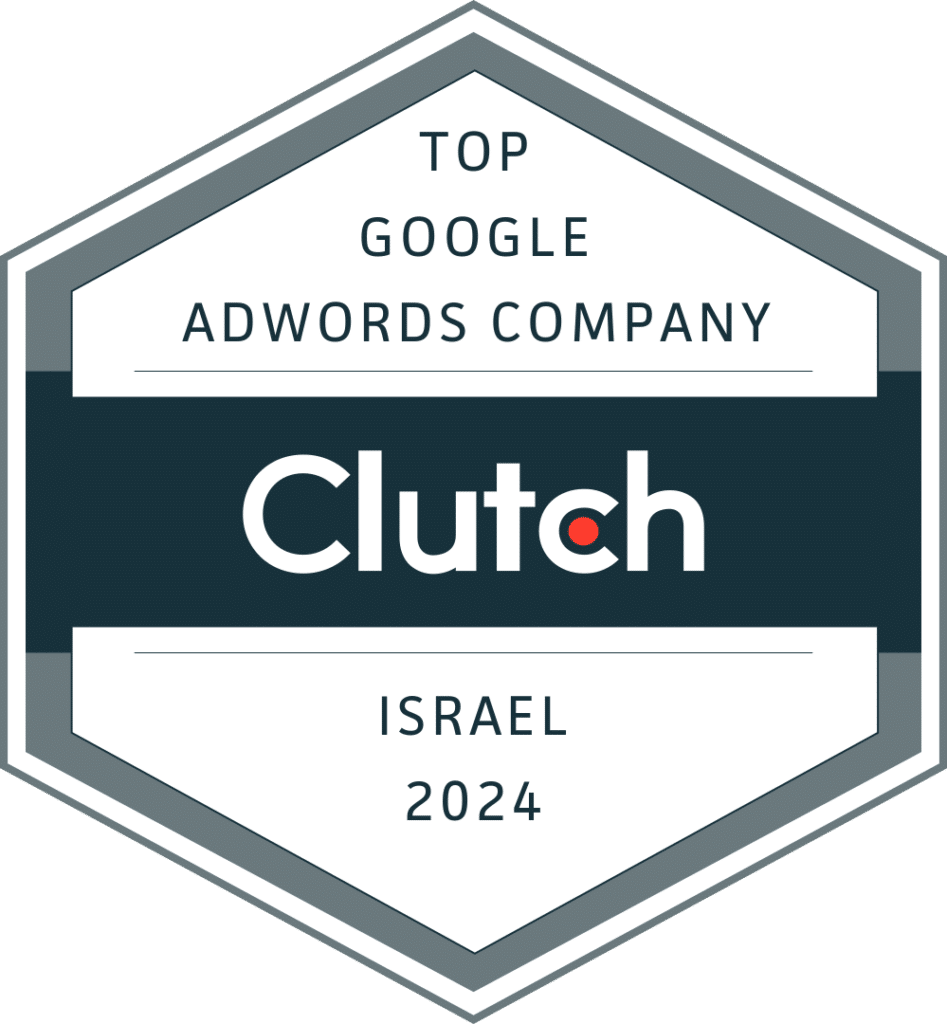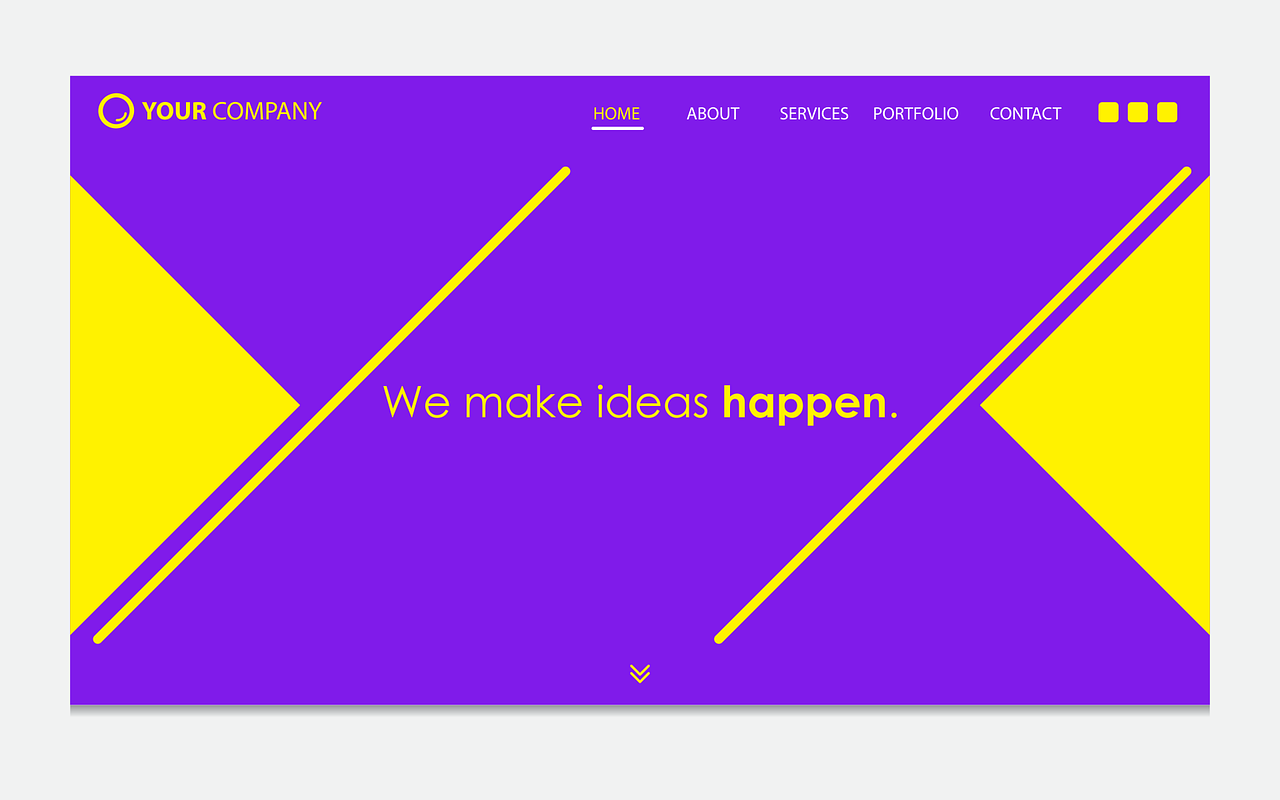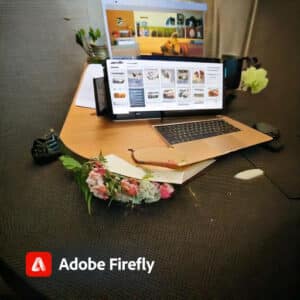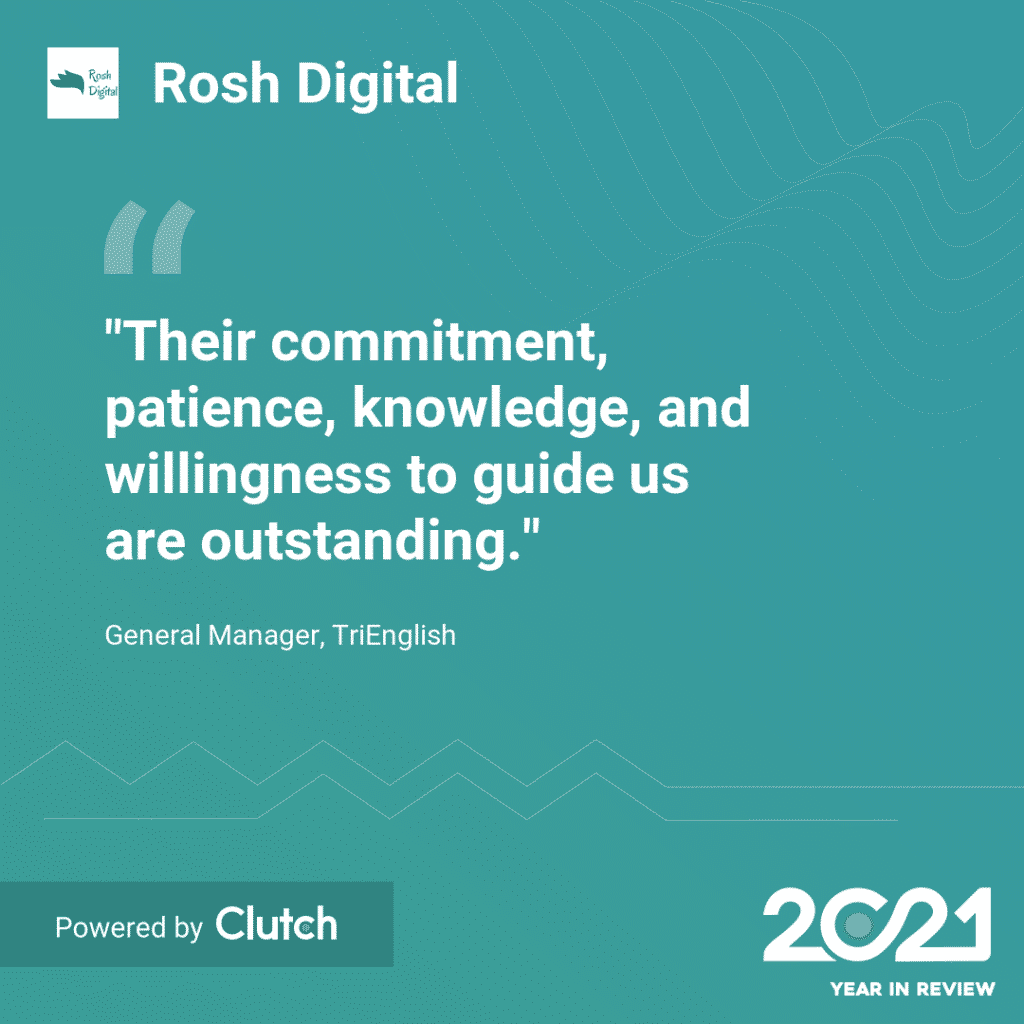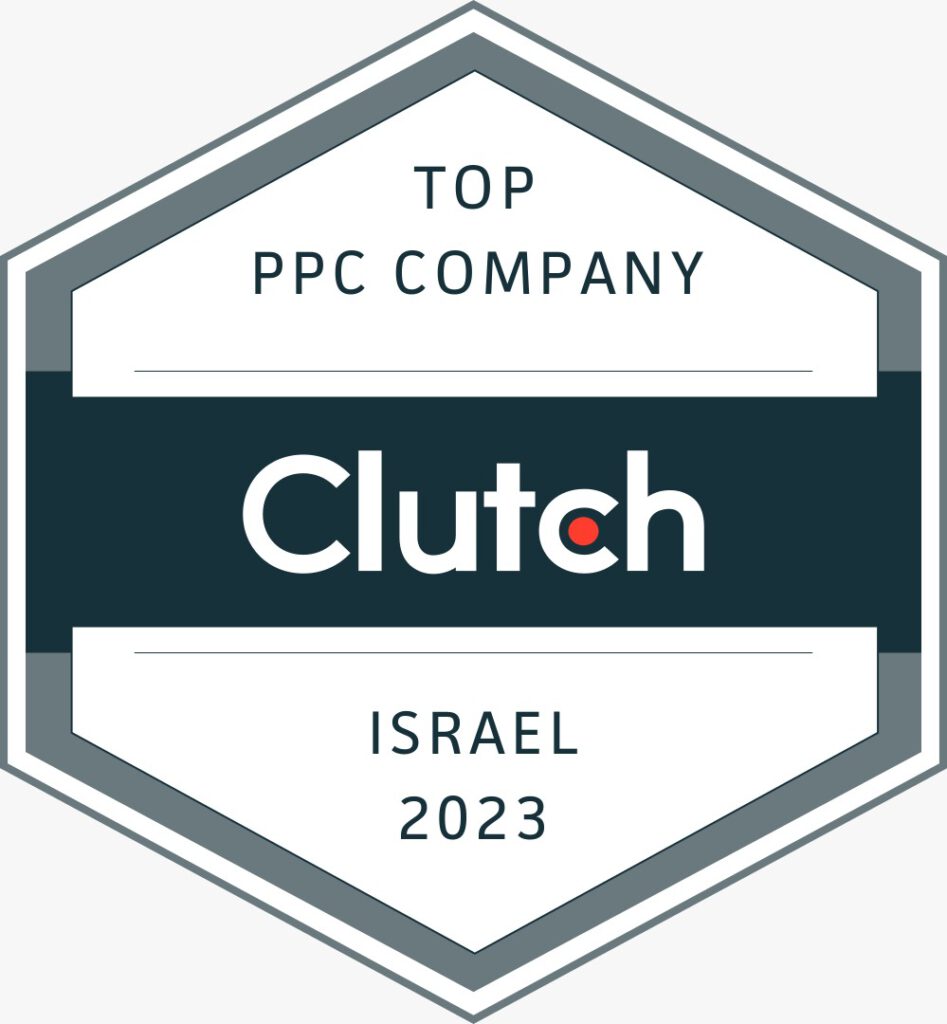Creating an effective landing page for PPC (Pay-Per-Click) traffic from Google Ads requires careful planning and optimization. Here’s a suggested structure that tends to perform well:
Table of contents Hide
Headline
- Create a compelling and clear headline that directly relates to your ad copy.
- Use attention-grabbing words to capture the visitor’s interest.
- Ensure consistency between the ad headline and the landing page headline for a seamless transition.
Subheadline
- Provide a supporting subheadline that reinforces the main message.
- Clearly communicate the unique value proposition or key benefits.
Hero Image or Video
- Use a high-quality and relevant image or video that visually represents your product or service.
- Ensure that the visual content aligns with your ad and supports the message.
Value Proposition
- Clearly articulate the unique value your product or service offers.
- Highlight key benefits and address the visitor’s pain points.
Call-to-Action (CTA)
- Place a prominent and compelling CTA button above the fold.
- Use action-oriented text like “Get Started,” “Shop Now,” or “Request a Quote.”
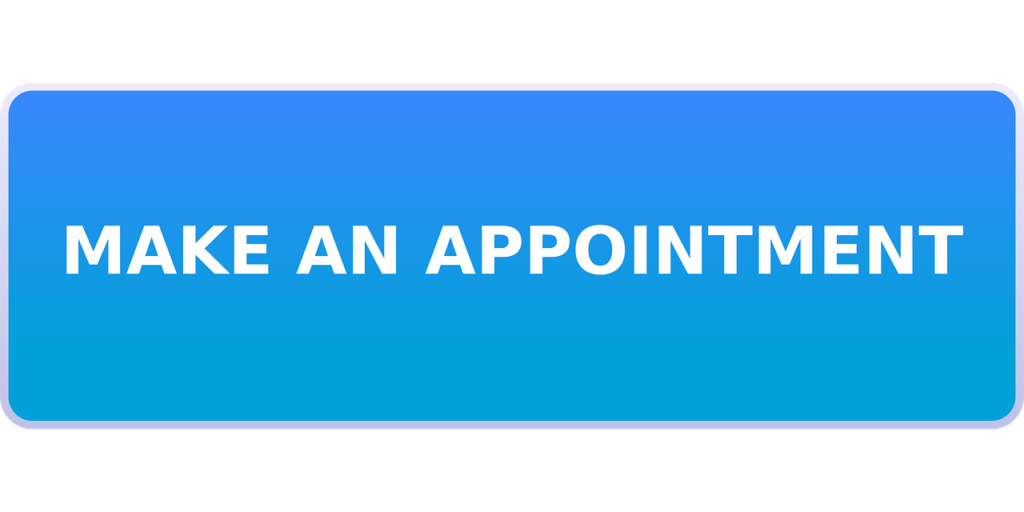
Form or Conversion Element
- If applicable, include a form or conversion element above the fold.
- Keep the form fields minimal for higher conversion rates.
- Use a clear and concise form headline that emphasizes the benefit of submitting the form.
Trust Indicators
- Display trust-building elements such as customer testimonials, reviews, or trust badges.
- Mention any relevant certifications, awards, or partnerships to build credibility.
Features and Benefits
- Provide a concise list of key features and benefits.
- Use bullet points for easy readability.
Visual Content
- Incorporate additional images or graphics that showcase your product/service.
- Use visuals to guide the visitor through the content and reinforce key points.
Social Proof
- Showcase positive customer testimonials, reviews, or case studies.
- Include real names and, if possible, photos for authenticity.
Responsive Design
- Ensure the landing page is optimized for mobile devices.
- Test the page on various screen sizes to guarantee a positive user experience.
Urgency and Scarcity
- Implement elements that create a sense of urgency or scarcity (limited-time offers, limited stock, etc.).
- Use persuasive language to encourage immediate action.
Additional Information
- Include links to more detailed information for visitors who want to learn more.
- Consider an FAQ section to address common questions.
Footer
- Provide contact information and links to privacy policy and terms of service.
- Include social media links to encourage further engagement.
Thank You Page (Post-Conversion)
- Redirect users to a thank-you page after completing a form or making a purchase.
- Use this opportunity to reinforce the value proposition and provide next steps.

Regularly test and optimize your landing page based on performance data from Google Ads. A/B testing different elements will help you refine and improve conversion rates over time.


